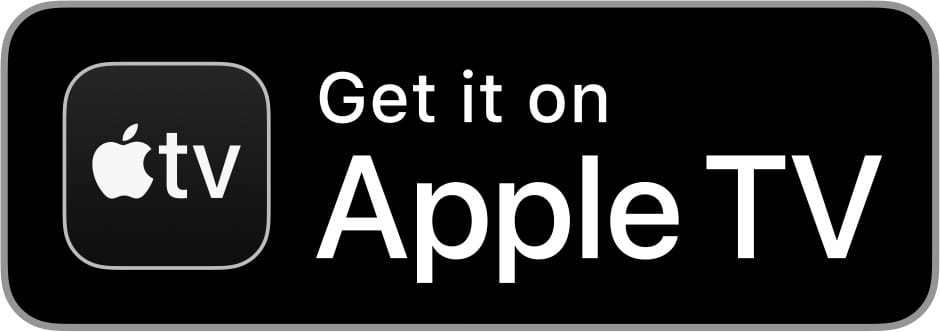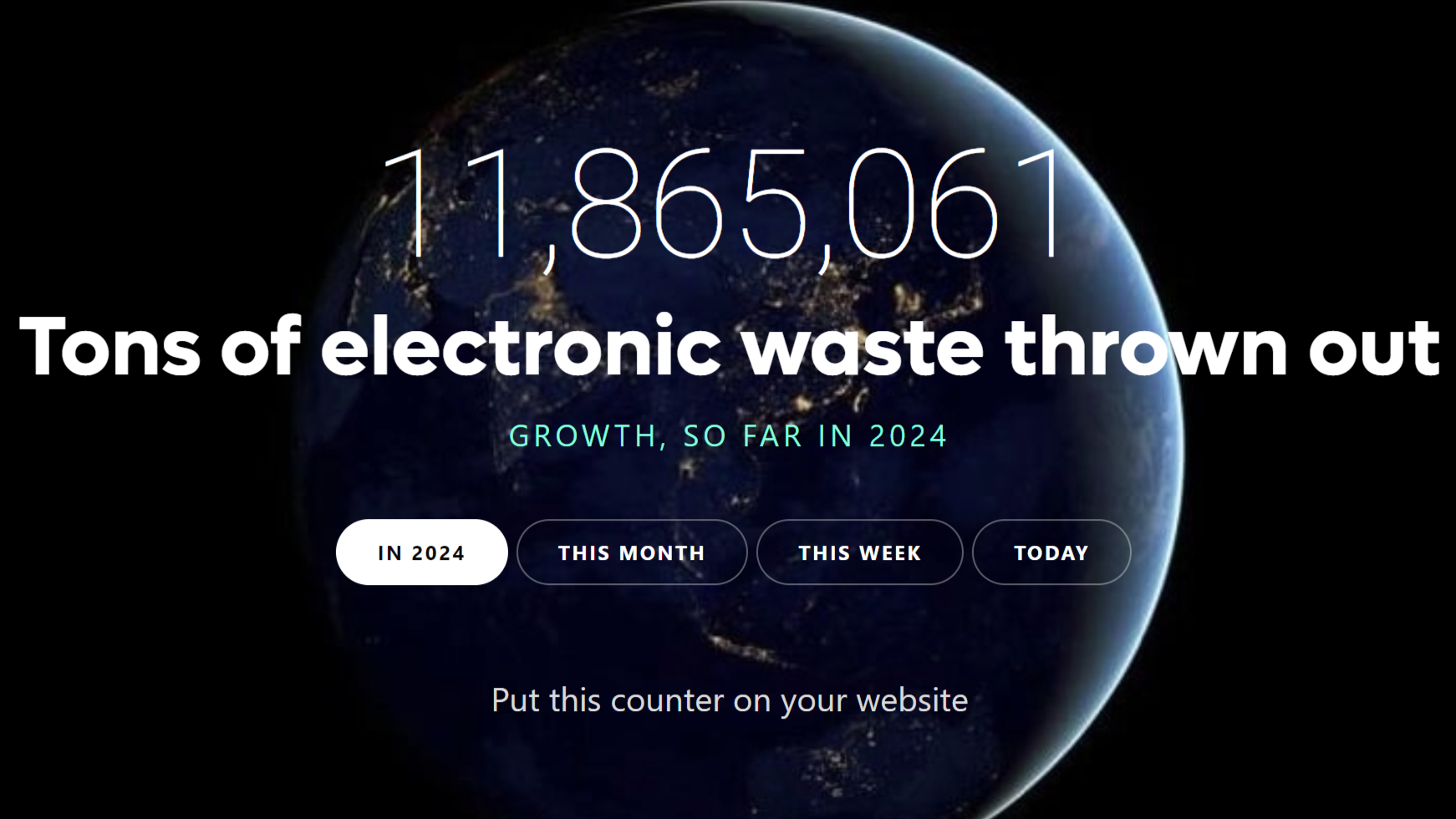[ad_1]
Jake Gyllenhaal is a lawyer in love in the teaser trailer for thriller series Presumed Innocent — and it looks like he might just be a murderer, too. Apple TV+ dropped the arresting trailer Wednesday.
Gyllenhaal stars in the eight-episode limited series from David E. Kelley and J.J. Abrams, which debuts June 12 on Apple TV+.
This post contains affiliate links. Cult of Mac may earn a commission when you use our links to buy items.
Jake Gyllenhaal looks guilty as hell in gripping <em>Presumed Innocent</em> trailer on Apple TV+
“Love isn’t what people tell you that it is,” Gyllenhaal’s character Rusty Sabich says, ominously, as the trailer opens. “In my experience, it’s just something that grows. Until, one day, you just find yourself just needing someone. That’s how it was with Carolyn. She woke something up inside me.”
But what she woke up inside him might not have been all that loving, judging by the moody, minute-long trailer. It shows Rusty and Carolyn (Renate Reinsve) falling in love until something unspeakable — and unshown — happens. And Sabich, a prosecutor who is married to someone else in the film’s current day, ends up in uncomfortable conversations with cops.
The story, based on a legal-thriller novel by Scott Turow, saw a film version made in 1990 starring Harrison Ford as Sabich.
Here’s how Apple TV+ describes the upcoming show:
Based on The New York Times bestselling novel of the same name by Scott Turow, the gripping series takes viewers on a journey through the horrific murder that upends the Chicago Prosecuting Attorney’s office when chief deputy prosecutor Rusty Sabich (Gyllenhaal) is suspected of the crime. The series explores obsession, sex, politics and the power and limits of love, as the accused fights to hold his family and marriage together.
Stellar cast

Photo: Apple TV+
In addition to Gyllenhaal and Reinsve, the series stars Ruth Negga, Bill Camp, O-T Fagbenle, Chase Infiniti, Elizabeth Marvel, Nana Mensah, Peter Sarsgaard and Kingston Rumi Southwick.
Gyllenhaal also serves as executive producer, along with multi-Emmy Award winners David E. Kelley (showrunner) and J.J. Abrams, plus Turow, Matthew Tinker, Dustin Thomason, Sharr White and Miki Johnson. And another one is Anne Sewitsky, who directs the first two episodes and episode eight. Emmy Award winner Greg Yaitanes executive produces and directs episodes three through seven, Apple TV+ said.
Watch the Presumed Innocent trailer:
Watch thrillers on Apple TV+
Presumed Innocent debuts on Apple TV+ with two episodes on Wednesday, June 12, followed by a new episode Wednesdays through July 24. You can watch it and other thrillers on the streaming service.
It is available by subscription for $9.99 with a seven-day free trial. You can also get it via any tier of the Apple One subscription bundle. For a limited time, customers who purchase and activate a new iPhone, iPad, Apple TV, Mac or iPod touch can enjoy three months of Apple TV+ for free.
After launching in November 2019, “Apple TV+ became the first all-original streaming service to launch around the world, and has premiered more original hits and received more award recognitions faster than any other streaming service. To date, Apple Original films, documentaries and series have been honored with 471 wins and 2,090 award nominations and counting,” the service said.
In addition to award-winning movies and TV shows (including breakout soccer comedy Ted Lasso), Apple TV+ offers a variety of documentaries, dramas, comedies, kids shows and more.
Source: Apple TV+
[ad_2]
Source Article Link






 April 17, 1977: The Apple II launch at the West Coast Computer Faire positions Apple at the forefront of the looming personal computer revolution.
April 17, 1977: The Apple II launch at the West Coast Computer Faire positions Apple at the forefront of the looming personal computer revolution.





